Cabrini: A Forgotten Heroine To Immigrant America
When it seemed like women could do little in society in the late 19th century, one woman of frail health was a figure of light to immigrants and the poor of New York City and beyond. Angel Studios has remedied the question: Who was Frances Cabrini, and why has this soul-sister to Mother Teresa and pioneer humanitarian been overlooked by most of the world all this time?
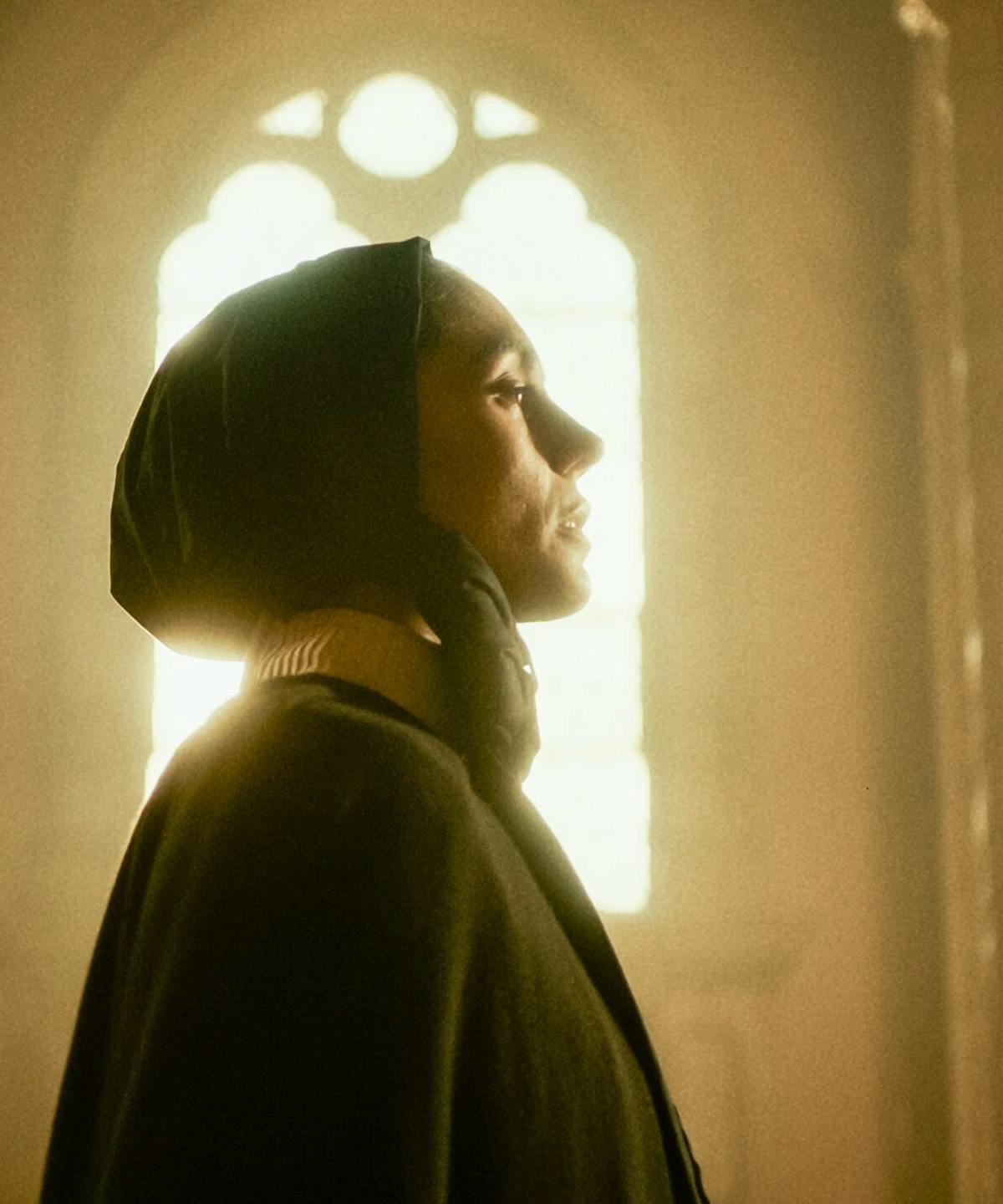
From the producer who brought us Sound of Freedom, Angel Studios has captured in the movie Cabrini the historical epic of a woman who would personally do more for America’s poor and immigrants than any Rockefeller or Vanderbilt. Cabrini illustrates how Frances Cabrini dedicated her life’s efforts to advocating for a more humane quality of life for children and raising charitable institutions all over the world. She showed herself as a true example of heroic sacrifice and social charity in recognizing the humanity of the poorest members of the slums.
In order to understand this true story about Frances Cabrini and the impact she had on the evolving modern world, it’s necessary to consider all her practical works and selfless contributions to society, not just remain fixated on her status as a Catholic nun. Regardless of your religious affiliation, it’s imperative to acknowledge that this woman was a trailblazer, a pioneer in the bravest sense, because she was alone without a husband or like-minded peers to support her. She set out to conquer an unknown territory in order to assist countless poor and helpless children who had nowhere decent to live and no one to care for them.
Who Was Frances Cabrini?
Frances Cabrini was born two months premature to a large family in Lombardy, Italy, on July 15, 1850. All her life, she struggled with poor health, even after becoming a religious sister. The film shows her adult life in the convent, but throughout the story, the movie flashes back to her experience as a young girl when she almost drowned in a river, an incident she never forgot and one which fueled her efforts to make as much impact on the world as she could in her limited time of life. She took the doctor’s prediction of weak health and an early death as a challenge to work as hard as she could and not define herself by her weakness.
Cabrini eventually founded her own order of missionary sisters, became “Mother Cabrini,” and envisioned their group joining the missionaries in the East. However, Pope Leo XIII directed her to the West, so she embarked on a plan to bring her mission to America.
The film depicts her as a thoughtful, resolute woman who is dignified and resourceful. Her tenacity of spirit was not one to accept rejection or failure – when her request for mission approval from the Vatican was denied, she continued her determined appeals until permission was granted. She exemplifies a strong mind trapped in a weak body, and she doesn’t let the latter stop her from pursuing her goals. She had a plan, and she was going to fight for it with every ounce of her limited strength. Being a woman, she was expected to fail. As the pope tells her, there had never been an independent order of women, so there was much pressure as she was the first woman missionary ever in the history of Christianity.
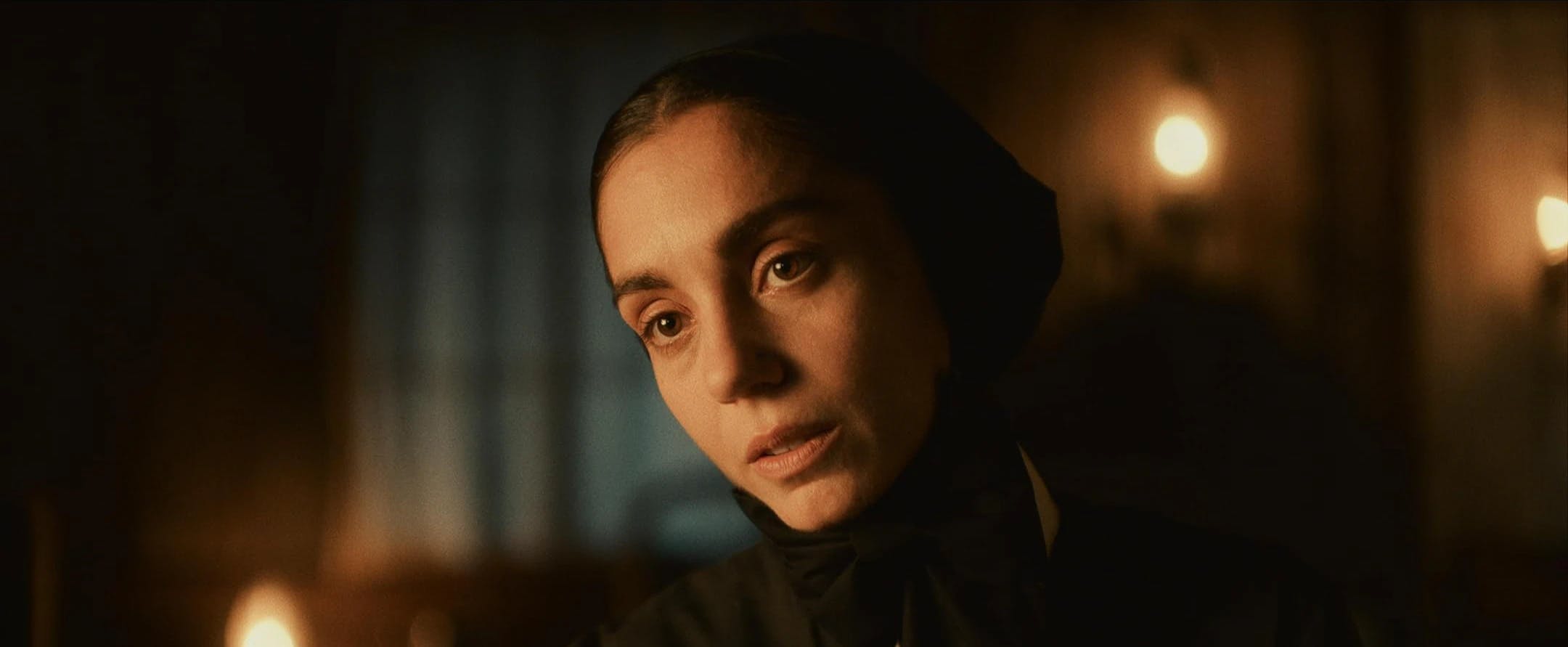
A Journey to a Different World
Consider yourself in Cabrini’s shoes: There is no television, no internet, no streaming news channel, nothing to give a concrete idea as to how this new civilization actually was. All you had to go on was hearsay, some newspaper clips, and romanticized dreams of quick wealth. Cabrini knew there would be extremely difficult challenges to overcome in America, and she was leaving everything familiar and would most likely never see her family or hometown again.
When she set out for America, Mother Cabrini was accompanied by only six of the sisters from the religious order she had formed, called the Missionary Sisters of the Sacred Heart of Jesus. They faced a long and arduous journey sailing for 12 days across the Atlantic, enduring seasickness coupled with freezing weather and a near-fatal storm.
Victorian America
On March 31, 1889, Mother Cabrini, standing 5-foot tall at 49 years of age, disembarked onto American soil and faced the grimy hustle and bustle of New York City, and the selfish people within it. You see, the New World was ever expanding, but so were the poor of the modern cities such as New York. This situation was exacerbated by the increasing number of immigrants who moved their lives over the ocean with their loved ones in search of a better life in what would become known as “the American Dream.” And the locals didn’t lift a finger to help the situation.
These members of society and the government were more interested in becoming rich than making a social impact; no one really cared about improving the quality of life for lower-class citizens and those immigrant newcomers who were making a fresh start but had no money. These immigrants often lived in inhumane conditions and found work wherever they could, if they could at all. They endured social snubbing and ostracization. Transnational racism abounded, and the posh New Yorkers looked down on the brown-eyed Italian newcomers, often calling them slurs such as “monkeys” and “dagoes,” words that the sisters quickly learned.
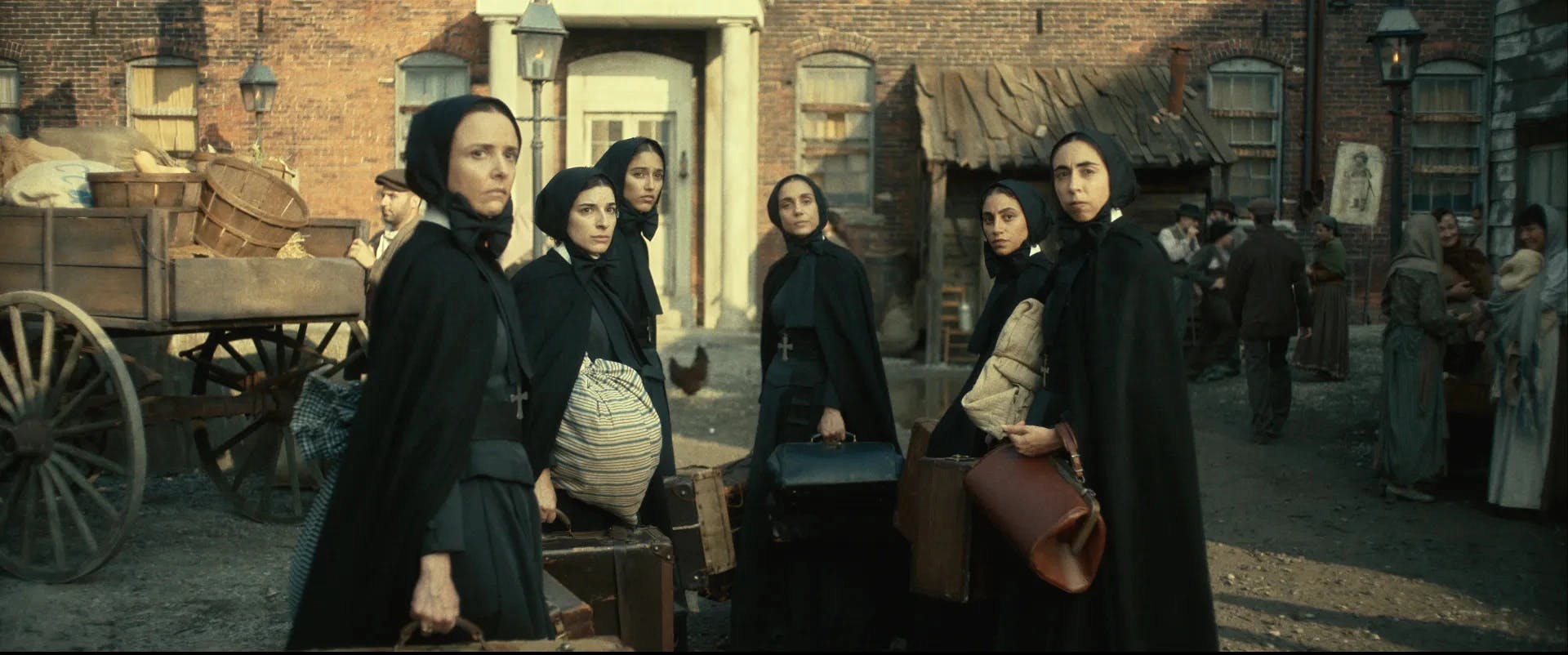
However, this small yet tenacious woman was not discouraged by social or financial obstacles. She always trusted that Providence would provide, and that once the mission was begun “the means will follow.” With a nothing-ventured-nothing-gained mentality, Mother Cabrini told her sisters: “We are bold, or we die.” In the film, she and her sisters are reduced to beg shelter of a prostitute and spend their first night in a brothel in a dangerous neighborhood (Cabrini’s loving kindness touches the prostitute, who eventually leaves the brothel to live with the sisters and help in their endeavors).
An Angel of Light and Woman of Purpose
Arriving at the makeshift orphanage in New York City, Cabrini lost no time in setting herself and companions to work restoring the living quarters. To those poor children living in the dark squalor of New York City streets and poor, dirty apartments, Mother Cabrini was like the hand of salvation. She rescued countless children from the streets and gave them a loving home and an education.
The movie shows how she was a revolutionary entrepreneur, leading a mission and doing business with men in a man’s world. When she was refused loans, she sought another option. She faced multiple clashes with city authorities, including the corrupt and racist city mayor, who constantly worked to undo her work. When she was ordered by the archbishop not to solicit money from non-Italian Americans and faced snubs and racism, she marched to The New York Times and made friends with the journalist Theodore Calloway, whom she persuaded to write a detailed story about the grotesque living conditions forced on the children of Five Points (later known as lower Manhattan’s Little Italy). His piece, titled “Even Rats Have It Better,” brought in much-needed donations and raised awareness for Cabrini’s efforts.
After a perilous fire at the hospital building due to arson, Mother Cabrini gave an ultimatum to the city mayor. She could’ve used her journalist contacts as a means of destroying the man’s career, but she negotiated terms of peace and cooperation.
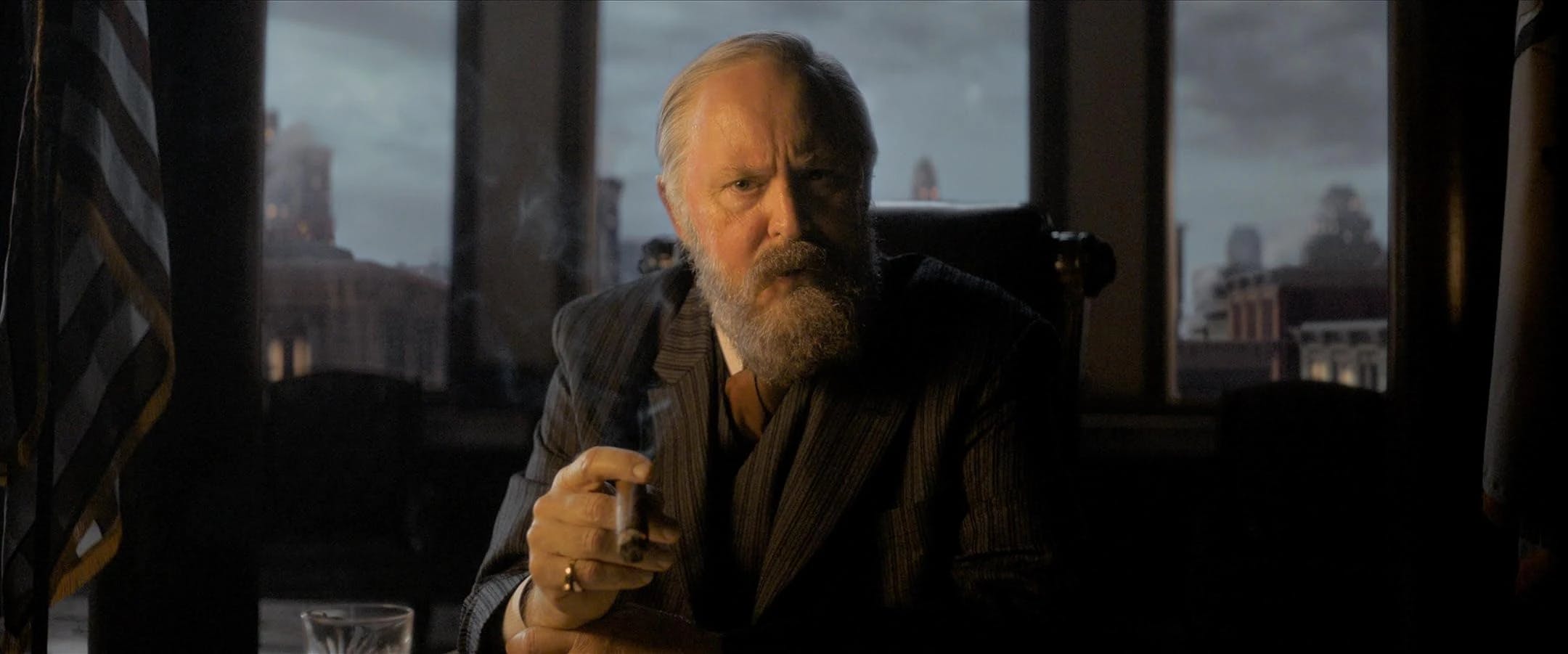
A Proud Heritage
In 1909, Mother Cabrini became a citizen of the United States. The film shows how she taught the children in her care to become good Americans and part of the English-speaking culture, but to sing in Italian so they could be proud of their heritage. One might twist the facts and say this movie was all about America’s negativity toward immigrants, but there really was a huge problem at this point in history, just as there was with Irish immigration beforehand, especially regarding children. As Cabrini said in the movie, “Weren’t we all immigrants?”
Some moviegoers might view Cabrini as making a statement in light of the current immigration crisis in America, specifically at the Southern border. But as a country of immigrants – just arriving at different periods in time – the issue of integration is perennial. The film focuses on the Italian immigrants of Mother Cabrini’s day. No one was asking for free handouts or special treatment, just a fair opportunity for honest labor and decent living conditions to provide opportunities for those who worked hard to be a part of the “land of the free.” The children Cabrini rescued then had a chance to become upstanding members of society. My own great-grandparents were Italian immigrants and worked hard to come to this country and become legal American citizens. My grandmother had to give up her dreams of medical school because she was charged double the normal tuition just because she was Italian, even though she later became a U.S. citizen. My mother remembers her mother and aunts were called “dagoes” and even “garlic-eaters.”
Her Legacy
From the National Endowment for the Humanities, we have the writings of an Italian bricklayer, Pietro Di Donato, in which Mother Cabrini is described as a consequential figure. Di Donato knew the saint – as had his father Enrique Di Donato, the opera singer in the movie – and he described her as “a woman fully Italian and fully American, an empathetic and pragmatic leader, and a remarkable humanitarian whose faith charged her tireless work for impoverished and marginalized immigrants.” As the film mentions, she built “an empire of hope” for those who were searching for a better life but found misery.
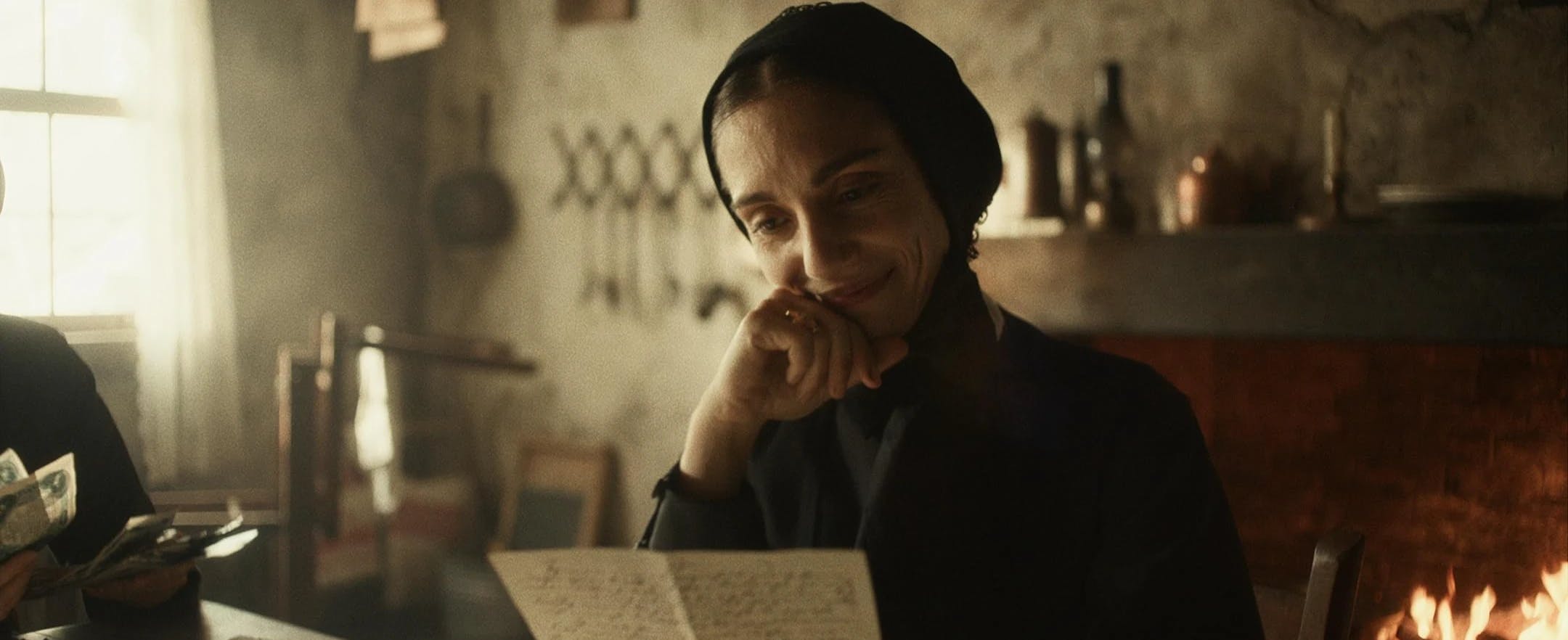
Mother Cabrini worked vigorously for over 28 years to bring light to those in the darkness of poverty, squalor, sickness, and abandonment. Although the movie doesn’t extend past her breakthrough experience in New York, she actually crossed the Atlantic Ocean 24 times in her life and traveled to Central and South America and Europe, as well as journeying across the United States to Chicago, New Orleans, and Denver. In 1917, at age 67, she peacefully passed from this world and left her work prospering in the mission of charity.
Overall, this heroic lady was responsible for hundreds of charitable institutions around the world, including schools, hospitals, and orphanages run by the women of her order. She dedicated her life to serving the poor, the uneducated, the sick, and the abandoned, and her sisters carried on. Her work was later an inspiration to Mother Teresa of Calcutta, who hoped her work in India could have the impact that Cabrini’s efforts had in America. She was canonized as the first American saint by Pope Pius XII in 1946, and her memory is even honored in the Colorado Women’s Hall of Fame. Mother Cabrini remains the official Patroness of Immigrants and a figure of inspiration to those in social work and charities.
Cabrini and Social Commentary
The film’s music is beautiful and gripping, and the movie is well-produced with much artistic detail. The Victorian era is well-depicted, and the characters are well-played in this heartbreaking account of real-life events.
There are occasional moments that are a bit drawn out, although I suppose they were meant to emphasize Frances Cabrini’s incredible journey. In my opinion, however, the movie was a bit too long. If it had been condensed by about half a hour, it would’ve been more concise with better pacing. It also seemed unnecessarily dramatic in some parts.
Two specific scenes also raise a question about feminist overtones. In the first scene, Cabrini aggressively interrupts the pope to insinuate he’s being sexist (personally, I highly doubt this would’ve ever happened). In the second scene, at the end of the movie, the mayor comments it was a pity she was a woman because she would’ve made an excellent man, to which she replies, “Oh, Mayor, a man could never do what we do.” This probably wasn’t meant as a feminist snub against men but an acknowledgment of women’s powerful feminine influence in society.
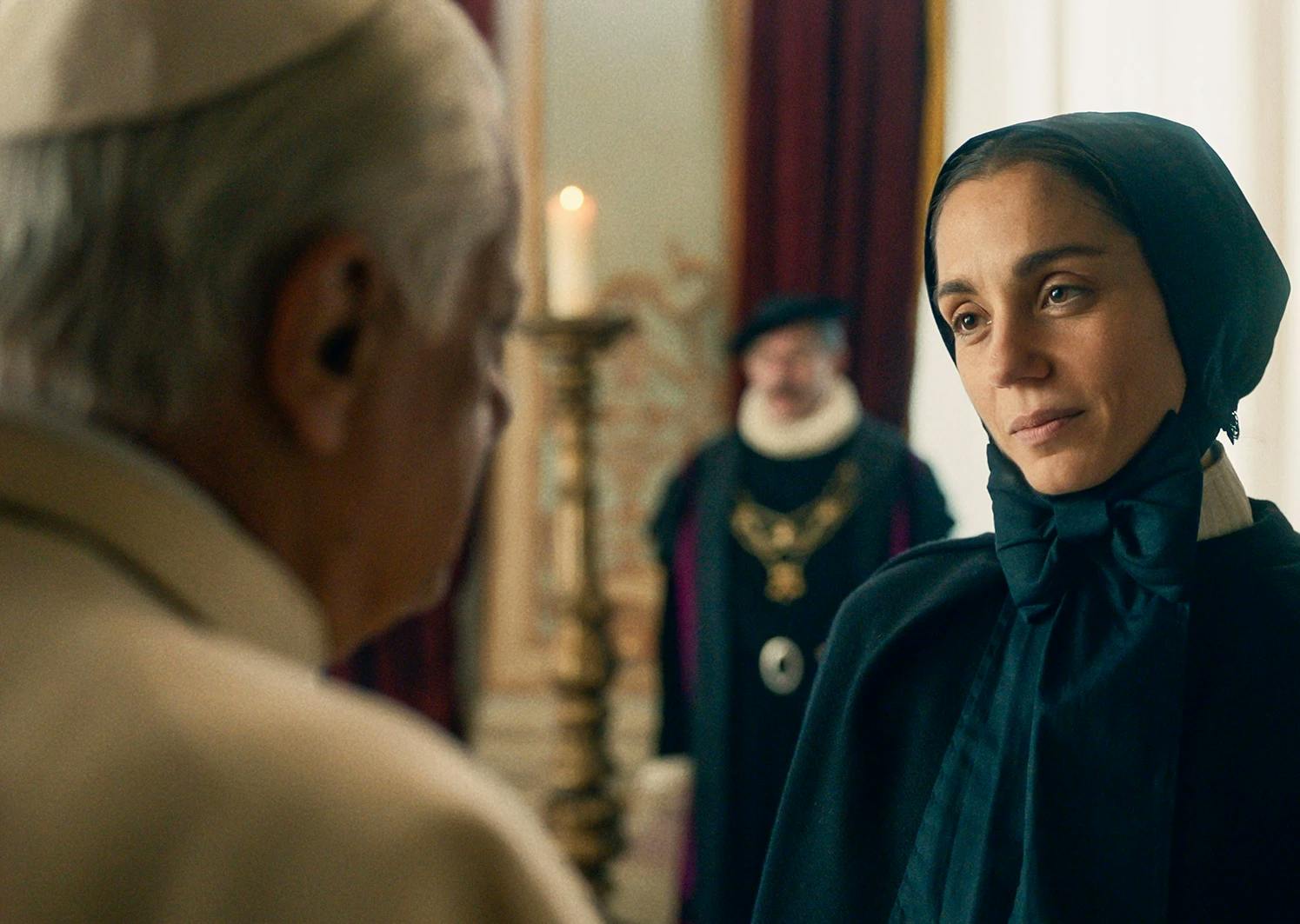
That being said, birthing children and breastfeeding are technically the only things women can do that men can’t. There have been several male religious figures and missionaries in history who have founded and run orphanages and hospitals – for example, the Blackrobes to early America, St. John Bosco with the poor boys in Italy, Fr. Flanagan with Boys Town in Nebraska, and Fr. Giovanni who founded orphanages for poor and abandoned Peruvian children in the Andes. So I think it wasn’t necessary to make the comment “men couldn’t do what we do,” which seems to be an artistic addition to the story and could be interpreted as overly dramatic if not feminist. In reality, Mother Cabrini was a very humble person and didn’t like to draw attention to herself, and is quoted to have said: “A single act of humility is worth more than any proud exhibition of any virtue.”
But I think the Cabrini film emphasized her emotional position as a snubbed woman a bit too much and took some attention away from her focus on her mission in the light of her religious faith. However, I think Cristiana Dell’Anna played the part well and showed the tumultuous journey of the character.
Closing Thoughts
Overall, Cabrini is worth watching at least once. If you haven’t yet watched it, buy your ticket now and treat yourself to an inspiring depiction of history! It’s not just a “sappy” religious story. You can’t but respect this resilient woman and all she accomplished for our global society. Mother Cabrini remains a beacon of inspiration in her courageous example, and her words ring true: “What kind of world do we want, and what will we do to achieve it?”
Support our cause and help women reclaim their femininity by subscribing today.